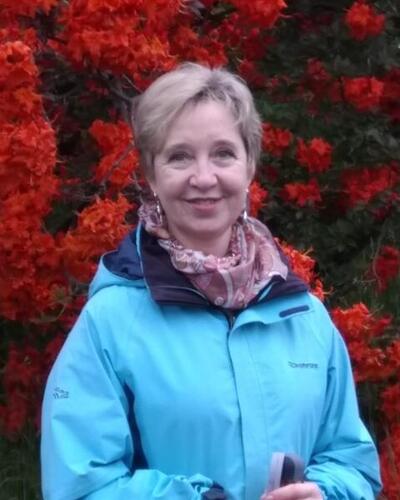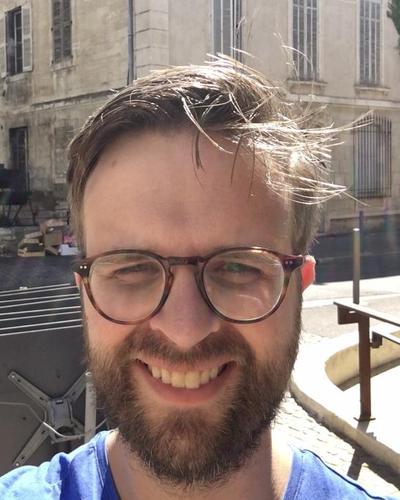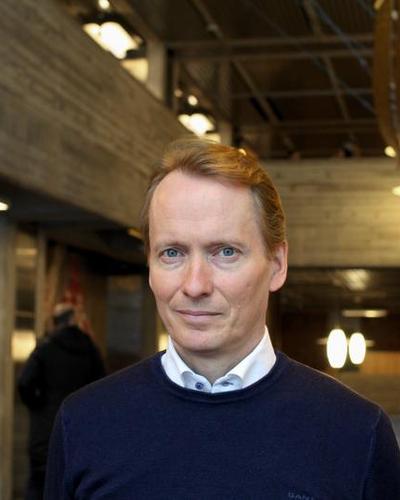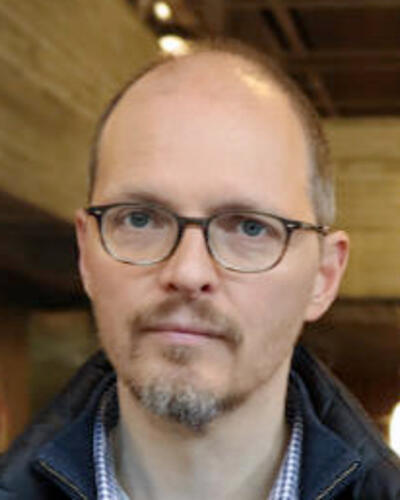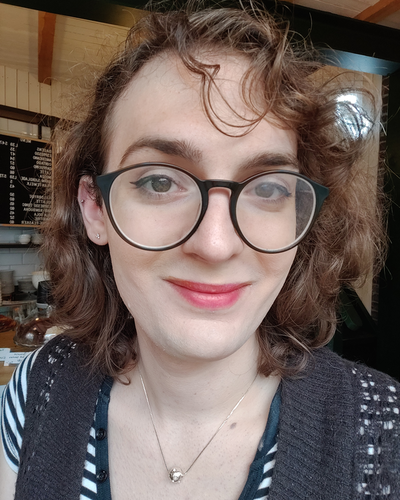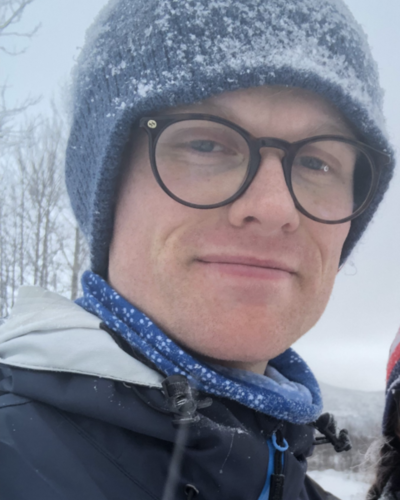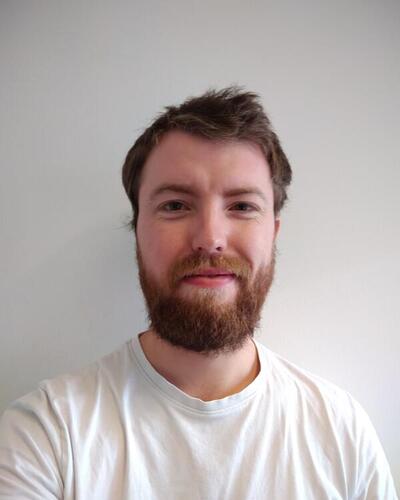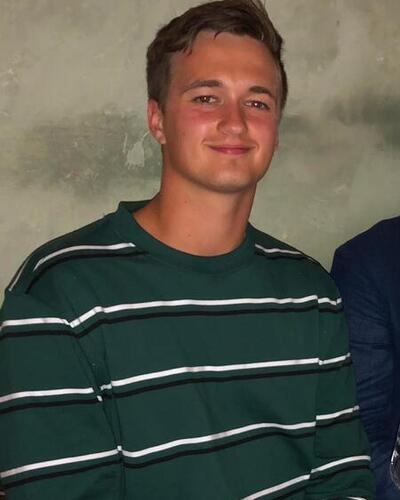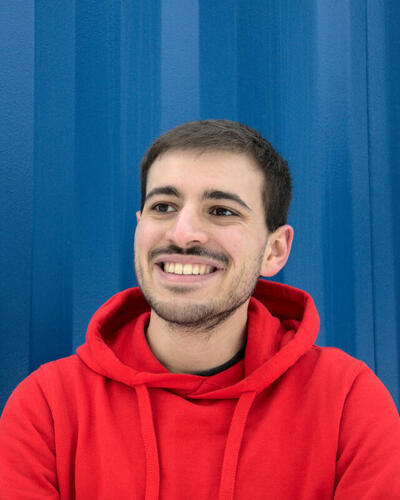Scientific interests

Hovedinnhold
Keywords
Lie groups, Lie algebras, Lie group integrators, geometric measure theory, geometric theory of real and complex functions, sub-Riemannian geometry, statistics on manifolds
Nonlinear dispersive evolution equations, wave breaking, surfzone circulation, harmonic analysis
Erlend Grong, Researcher
My research is centered around sub-Riemannian geometry, and branches out in any direction linked to this subject. I began by studying problems related to geodesics and control theory. After my Ph.D., I have mostly been working on the relationship between sub-Riemannian geometry and second order operators that are not elliptic, but still hypoelliptic. On of the main tools to investigate this relationship has been to apply the geometry of stochastic differential equations. Another tool of increasing importance has been investigating holonomy groups defined only by loops tangent to a subbundle, which has powerful applications to sub-Riemannian metrics as well as Riemannian metrics on foliations.
Recently, I have also look into the sub-Riemannian equivalence problem using Cartan geometry and have looked into applications in statistics on manifolds.
Henrik Kalish, Professor
Henrik Kalisch is Professor of Applied Mathematics. He received his Ph.D. in 2001 from the University of Texas at Austin. His research is centered on the mathematical modeling of nearshore processes such as wave breaking, surfzone circulation and wave hazards in the coastal zone. He has co-authored more than one hundred scientific publications in fluid mechanics, partial differential equations, numerical analysis and scientific computation. He is currently Deputy Head of the Department and co-editor-in-chief for “Water Waves: An interdisciplinary journal”, published by Birkhäuser-Springer-Nature.
Irina Markina, Professor
My research interests belong to the Differential Geometry on smooth manifolds with non-holonomic constrainsand a metric tensor respecting the constrains, so called sub-Riemannian geometry. I also have interests in the theory of Lie groups and Lie algebras, especially of nilpotent type and Cartan Geometries. Part of my results covers questions from Geometric Function Theory, such as study of quasiconformal and quasiregular mappings, potential theory of sub-elliptic PDEs extending the methods to Geometric Measure Theory.
Hans Z. Munthe-Kaas, Professor
My research is in the borderland between pure- and applied mathematics and computer science. A recurring theme is the role of mathematical abstractions in computational science, both as a tool for constructing efficient algorithms and as an organizing principle for computational software. Thus, as an overall label, most of my work is within Foundations of Computational Mathematics.
I am interested in applications of differential geometric techniques, geometric integration and structure preserving algorithms for solution of differential equations. Lie group integrators are numerical integration methods for differential equations built from coordinate independent operations such as Lie group actions on a manifold. Lie group integrators have been developed in tight cooperation between the research groups in Bergen, DAMTP Cambridge and mathematics NTNU.
Didier Pilod, Associate Professor
My research is centered on mathematical analysis and partial differential equations. It focuses mainly on the study of properties of nonlinear dispersive evolution equations arising in mathematical physics and fluid mechanics. More precisely, I am interested in the following aspects of nonlinear dispersive equations:
Well-posedness in connection with harmonic analysis;
Construction, stability and collision of solitons, multi-solitons or other special solutions;
Long time dynamics: scattering and formation of singularities (blow-up);
Unique continuation.
Most of my papers are available on the arXiv or on Googles Scholar
Sigmund Selberg, Professor
I work with non-linear PDE and Harmonic analysis.
